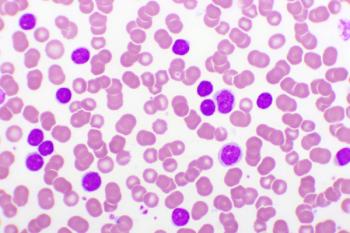
5 Ongoing Initiatives at the FDA
The FDA has several projects under its wings that can improve the regulatory aspect of drug development and healthcare overall.
The FDA, a well-oiled yet slow machine, has several projects under its wings that can improve the regulatory aspect of drug development and healthcare overall. The results are quite visible—there were 51 new drug approvals in 2015, the highest since 1950. With the
Here is a glimpse into a few ongoing initiatives at the FDA, some of which were introduced just this year:
1. FDA to regulate Electronic Nicotine Delivery Systems (ENDS)
Widespread marketing of e-cigarettes and a lack of regulation thus far has resulted in a tremendous
2. Pushing for access to OTC naloxone to combat opioid overdose
Opioid-related deaths have reached staggering proportions in recent years, resulting in 28,000 deaths in 2014 alone. Multiple efforts by local authorities and the federal government to curb this epidemic are ongoing. The FDA is working with manufacturers on innovative ways to make an over-the-counter (OTC) version of naloxone, a prescription drug that can stop or reverse the effects of an opioid overdose. The FDA has created a model Drug Facts Label (DFL) for naloxone, which is required of OTC products, to ensure consumers can easily and independently follow instructions on use. Comprehension testing of the model DFL is ongoing.
3. A microphone for the patient representative
The FDA, in collaboration with the Clinical Trials Transformation Initiative, is creating a working group with patient advocacy organizations to accelerate patient engagement with the regulatory process. Via the workgroup, patient representatives can exchange information and ideas with the regulatory body from their own unique perspective.On the FDA website, Califf narrated his experience when he met with a few of these representatives.
“While we will help train them about the nuts and bolts of FDA—such as the various pathways that products take to get to market—it is their personal experience and their ability to understand and to articulate the perspectives, concerns, and experiences of patients—that makes them truly special,” he wrote in the blog post co-authored with Heidi C. Marchand, PharmD, assistant commissioner in the FDA’s Office of Health and Constituent Affairs.
4. The Oncology Center of Excellence
In mid-summer, the FDA announced the launch of The Oncology Center of Excellence (OCE), a body of experts within the FDA whose job would be to expedite oncology drug development to support the
“I look forward to guiding the agency through this initial phase, building our cross-disciplinary review staff, providing external outreach to diverse stakeholders and streamlining administrative processes to ensure rapid review of important cancer products to the American public,” Pazdur wrote in a related blog post.
5. Better evidence generation: the FDA’s national evaluation system
In an effort to produce improved evidence for medical devices and to aid with regulatory decisions, the FDA is creating a national evaluation system that will gather data across an entire product life cycle for medical devices. The data will be coalesced from clinical registries, electronic health records, and claims databases. The objective is to provide physicians and patients the power to make more informed decisions when treatment planning, while ensuring the devices are safe to use. The FDA is collaborating with The Brooking Institution and the Duke-Margolis Center for Health Policy on this project.
Newsletter
Stay ahead of policy, cost, and value—subscribe to AJMC for expert insights at the intersection of clinical care and health economics.












































